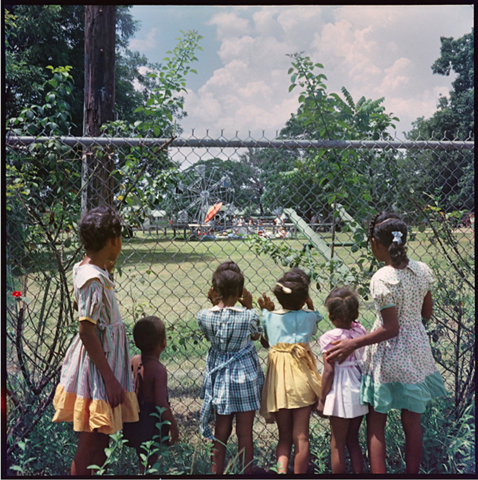James Presley “J.P.” Ball
J.P. Ball was an African American photographer, abolitionist and businessman in the mid-1800s. He established a photographic business in Cincinnati in 1849 which became one of the most popular portrait studios in mid-nineteenth century America.
J.P. Ball was born free in Virginia in 1825. As a young man, Ball learned the process of daguerreotypes from the Black Boston photographer John B. Bailey. His first attempt at opening a photographic studio in Cincinnati in 1845 failed and Ball spent the next four years traveling through Pittsburgh, Richmond and Ohio working as an itinerant photographer before resettling in Cincinnati in 1849.
Cincinnati was home to rising racial tensions in the 19th century. It had just seen the race riots of 1829, 1836 and 1841 where African Americans were being run out of Cincinnati, attacked, killed or had their homes destroyed. As a prominent abolitionist and Black business owner, J.P. Ball had to carefully navigate a city filled with racial tensions. Nevertheless, he was dedicated and, in 1853, Ball moved his gallery to a downtown Cincinnati location and “Ball’s Great Daguerrean Gallery of the West” became one of the most celebrated galleries in the United States.
Ball traveled to Europe in 1856 where he photographed Queen Victoria and Charles Dickens. His growing reputation drew many well-known figures to his Cincinnati studio, including abolitionist Frederick Douglass, P.T. Barnum and the family of Ulysses S. Grant. By 1857, Ball and his brother-in-law had opened a business that became known as “the finest photographic gallery west of the Allegheny Mountains.”
His work serves as documentation that despite the common imagery presented from this time period, these real photographs of Black people exist, too.

